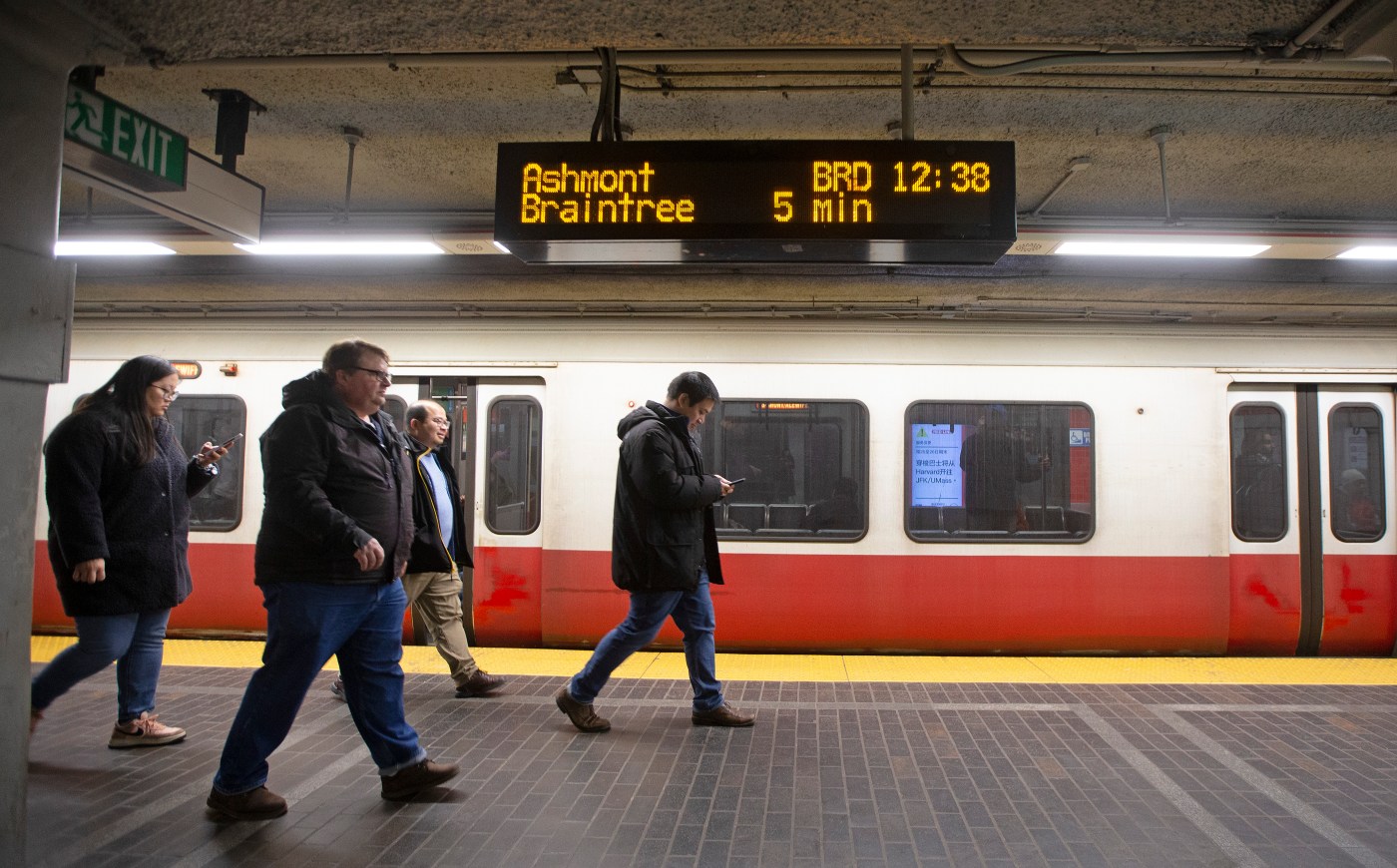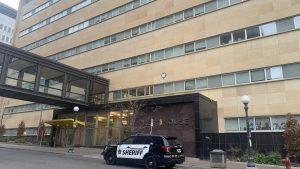
MBTA lifts speed restrictions on Red Line between JFK/UMass and Park Street in Boston
The MBTA has removed nine speed restrictions on the Red Line, leaving less than 10 miles of track with slow zones, which officials say is the lowest amount since March.
Officials on Tuesday said the beleaguered transportation network has completed “critical track work” between JFK/UMass and Park Street stations after commuters had to take shuttle buses a couple evenings last week and then over the weekend.
Six of the slow zones lifted are in the area between South Station and JFK/UMass, as planned, while officials said the agency “maximized the unencumbered access to the track … by alleviating another three restrictions near Downtown Crossing Station.”
“Each step we take to repair our infrastructure is the building block for rebuilding public trust and restoring the level of service that the public deserve,” MBTA GM Phillip Eng said in a release. “As we continue to move towards restoring service levels across the system, lessons learned will continue to be incorporated to streamline efforts and better serve the public.”
Eng credited the “success” of removing the three additional speed restrictions during the project to the “collaborative coordination between contracted work and our growing in-house Maintenance of Way staff,” which performs overnight track maintenance.
The network, as a whole, faces 181 current speed restrictions, with the Green Line having the most at 69, its slow zone dashboard showed Tuesday evening. The Red Line follows at 57, a decrease from the 106 it had a month ago.
The Orange and Blue lines trail, with 41 and 14 respectively.
In addition to the track work on the Red Line, officials say they “maximized these closures” by conducting in-station projects, including restoring and sanding platform benches at Broadway, Andrew and South Station, implementing new rubber flooring on the stairway at Broadway and fixing tripping hazards at South Station.
Earlier this month, Eng announced a plan to get rid of all speed restrictions across the network by the end of 2024, but that’s if everything goes right.
The plan included 19 days of closures to end this calendar year and 188 days of diversions in 2024 to get the 23% of tracks under speed restrictions back to normal operations.
Repairs would aim to remove those slow zones by replacing almost 150,000 feet of rail and over 31,000 ties. Completing the repairs will cumulatively return 86 minutes of travel time to riders currently taking restricted trains, Eng told the network’s Board of Directors’ Safety, Health and Environment Subcommittee.


